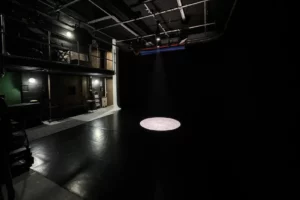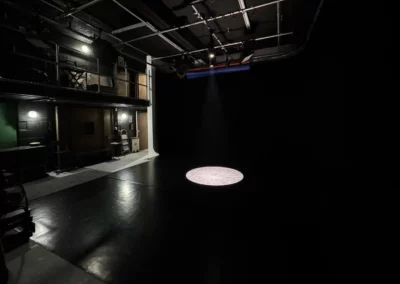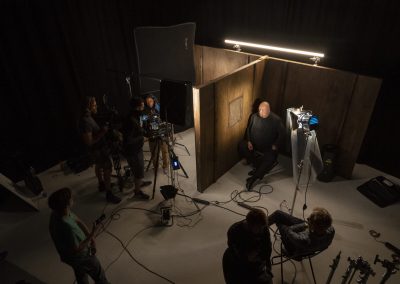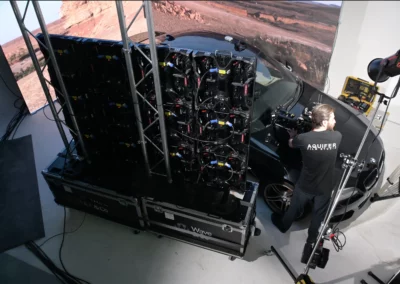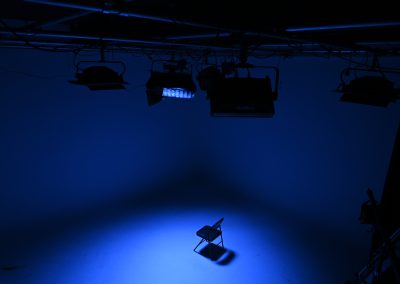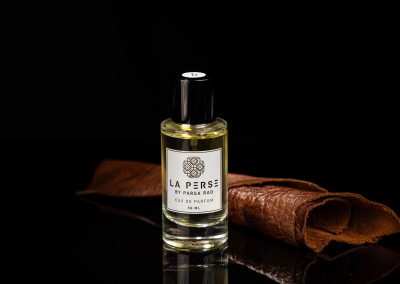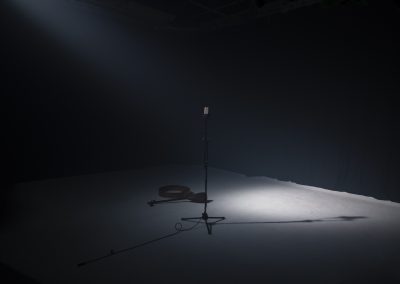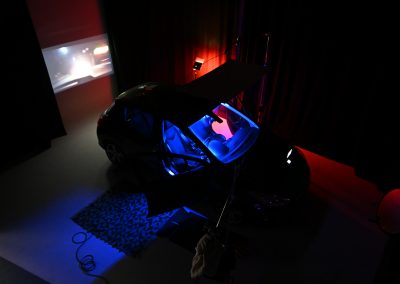Why You Should Consider a Blackout Studio for Your Next Shoot
When it comes to crafting powerful visuals, lighting isn’t just important — it’s everything. Whether you’re shooting a commercial, music video, portrait series, or high-end editorial, the ability to control every beam and shadow can make or break the final result. That’s where a blackout studio comes in.
A blackout studio provides a completely light-sealed environment, giving creatives the power to shape every element of their lighting setup with total precision. From moody narratives to high-contrast product shots, these studios offer the perfect conditions for projects that demand depth, drama, and control.
But what exactly is a blackout studio, and why should you consider using one? Let’s break it down.
What Is a Blackout Studio?
A blackout studio, also known as a black box studio, is a completely dark space designed for absolute lighting control. Walls are draped with black wool-serge curtains, floors can be covered in matte black vinyl, and there’s zero ambient light to contend with. This allows filmmakers, photographers, and visual artists to shape and design their lighting setups from scratch.
It’s a studio space purpose-built for precision and drama—ideal for moody narratives, silhouette work, product advertising, or scenes that demand a deep, infinite black background.
The Creative Benefits of Shooting in a Blackout Studio
Lighting Precision
In a blackout studio, you can simulate nighttime scenes during the day, control highlights and shadows with surgical accuracy, or experiment with high-contrast setups and silhouettes. There’s no bleed from daylight or ceiling fluorescents—just your lighting, your way.
A Blank Canvas for Your Vision
Without the distraction of bright walls, daylight spill, or colour casts, a blacked-out studio lets you isolate your subject and build your scene from the ground up. It’s the ideal space for stylised shoots, music promos, product features, and experimental lighting designs.
Designed for Professional Productions
Aquifer’s Blackout Stage features a 40 sqm (430 sq ft) U-shaped draped area, removable blackout flooring, and a wired lighting grid compatible with professional setups. You’ll also find Chroma-Q Space Force LED lights included, with DMX control for flexible colour temperature and output.
A Closer Look at Aquifer’s Blackout Studio
Located in East London, Aquifer’s blackout studio is part of a larger 110 sqm facility designed specifically for film and photography. Here’s what you get:
12 meters black wool-serge curtain track for rich darkness
Removable matte black vinyl flooring for full black-out conditions
3x Chroma-Q Space Force LED panels (2800K–6000K) with DMX control
Wired lighting grid with 16A & 13A sockets
32AMP 3-phase power with distro
Hollywood-style makeup stations, changing rooms, shower, and kitchen
On-site parking, roller shutter access, and balcony viewing platform
C-stands, grip gear, sound system, polyboards and more—all included
Whether you’re a solo photographer or a full-scale production crew, the studio is built to support your workflow.
Who Uses This Space?
The Blackout Studio at Aquifer is trusted by:
Fashion photographers looking for soft shadows and timeless contrast
Music video directors creating controlled, cinematic lighting
Narrative filmmakers needing consistent darkness for day-long shoots
Commercial teams working with products, models, or controlled effects
Universities and brands needing a flexible yet professional space
Final Thoughts
In an age where so much visual content is created under rushed conditions and unpredictable lighting, a blackout studio offers something rare: control, consistency, and creative freedom.
Whether you’re a filmmaker building atmosphere shot by shot, a photographer crafting shadow and contrast, or a commercial team looking to focus entirely on the subject — the ability to start with darkness and build your own lighting universe is an underrated luxury.
Blackout spaces aren’t just about function — they’re about intentionality. They allow you to slow down, refine your visual language, and work with lighting as a true storytelling tool. If you’ve never worked in a fully light-controlled space before, it might just change the way you approach your craft.

